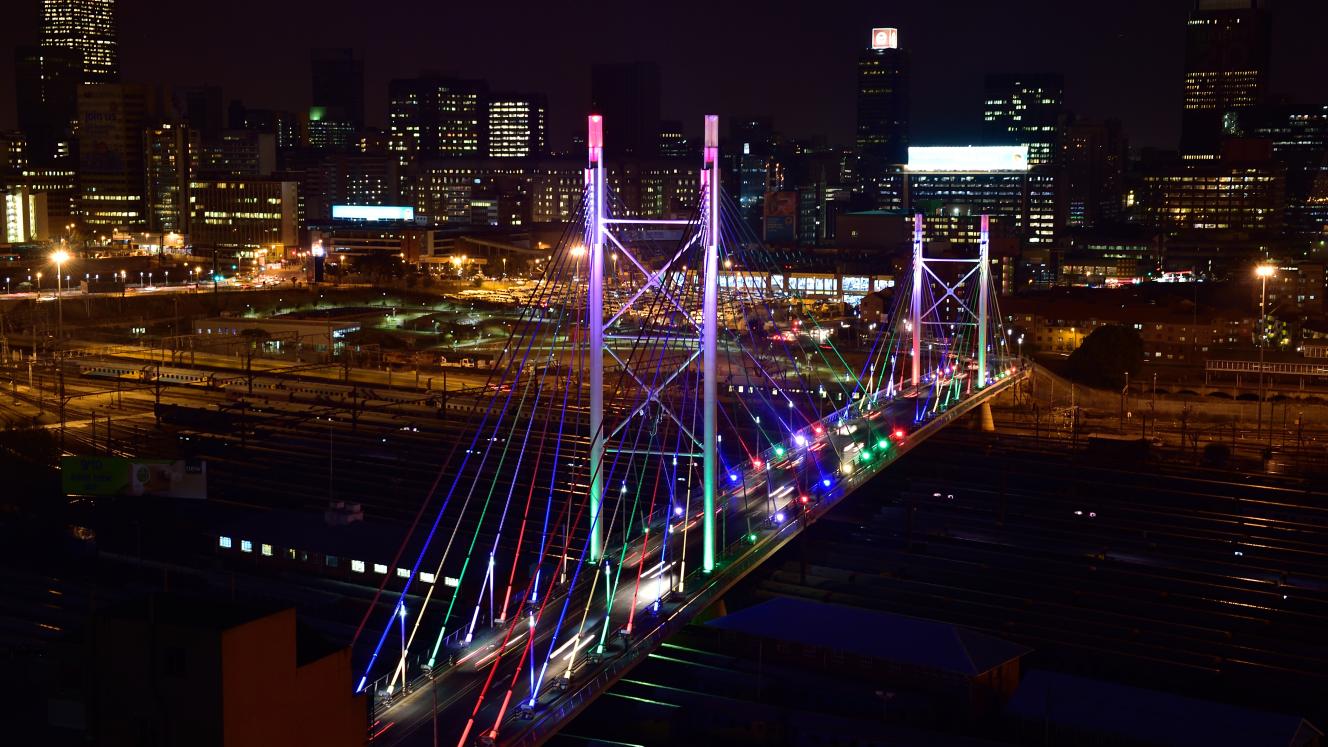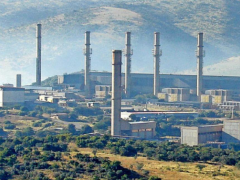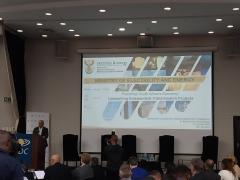The distribution agency agreement (DAA) alone will not solve the electricity distribution crisis engulfing municipalities, the South African Local Government Association (SALGA) has cautioned. Addressing the Portfolio Committee on Electricity and Energy last Friday, SALGA Free State Executive Committee Member Kenalemang Phukuntsi outlined the structural and operational failures gripping South Africa’s electricity distribution industry (EDI).
Phukuntsi described a system buckling under ageing infrastructure, rising operational costs, collapsing revenues, rampant vandalism and theft, widening skills shortages, loss of institutional memory, poor asset management, outdated technologies, fragmented service delivery, a weak regulatory environment and deep socio-economic pressures far beyond municipal control.
She reminded the committee that electricity remains municipalities’ single largest revenue stream, contributing 26% of local government income – R60 billion of the R233,6 billion collected in the first half of 2023.
“Electricity revenue remains central to municipal fiscal stability,” she said. “But municipalities are in steep financial decline as consumer defaults rise, legal and illegal bypasses multiply and Eskom’s tariff hikes push households and businesses off the grid.”
A structural crisis beyond municipalities
Nhlanhla Ngidi, SALGA’s Head of Energy and Electricity, stressed that municipalities are grappling with deep structural and systemic challenges rather than simple delinquency. Many issues, he said, are rooted in a struggling economy, entrenched non-payment, declining local industries and decades-old legacy failures.
“Municipalities cannot thrive in a non-performing economy. Even if we improve compliance, operations, infrastructure and skills, those gains will not overcome the socio-economic realities driving non-payment. We need pragmatic solutions, not knee-jerk reactions about how municipalities should function,” he said.
Market reform without market readiness
Ngidi said municipalities also face significant reform pressures as South Africa prepares to launch an energy trading market on April 1. “While municipalities are often accused of blocking Eskom’s unbundling, and there might be some truth to that, the deeper reality is that systemic and structural constraints prevent municipalities from preparing adequately for market participation.
“Multiple new business models are emerging with the introduction of the market but many opportunities may be lost because neither municipalities nor Eskom Distribution have positioned themselves to engage with the energy markets,” he warned.
JET mandates without funding clarity
Ngidi also raised concerns about implementing the Just Energy Transition (JET) at local government level. SALGA’s JET Project Management Unit has developed support mechanisms but the financing model remains uncertain.
“In Mpumalanga, where transition impacts are most severe, mayors were clear. If JET is funded through loans, it will not be just and will simply deepen their existing distress,” he said, noting that many municipalities will not qualify for loan financing. “Government must rethink how the JET is structured at local level.”
He pointed to National Treasury’s Metro Training Service Programme as a pragmatic and well-funded support route. Municipalities that meet the programme’s criteria qualify for a World Bank-supported grant to strengthen operations. “This is another solution we must consider alongside the DAA,” he said, adding that Eskom cannot realistically intervene in the two-thirds of municipal electricity businesses that are financially unsustainable. “We need parallel solutions alongside the DAA as part of the broader reform package the sector must adopt.”
Municipal revenues in distress
Ngidi noted that the municipal sector is overwhelmed by:
- R105 billion owed by municipalities to Eskom
- R360 billion owed to municipalities across all services
- R41,3 billion in outstanding consumer electricity debt
- An infrastructure and maintenance backlog exceeding R100 billion
- Two thirds of municipal electricity businesses operating unsustainably
He added that Eskom’s tariffs have increased more than 300% over the past decade – costs municipalities must pass through to consumers. Cost-of-supply studies show that truly cost-reflective tariffs could be double or even triple current levels – pushing more consumers off the grid and fuelling theft, vandalism and revenue erosion.
“The real question is how we move from decades of artificially cheap, non-reflective electricity to charging what it actually costs to run the system without breaking already struggling households.”
The infrastructure backlog compounds the crisis. Municipalities cannot meet the requirement of the National Energy Regulator of South Africa to reinvest 6% of electricity sales into the network. “There is no 6% to invest – not because municipalities refuse to but because revenues are eroding,” he said.
At the same time, municipalities and Eskom are losing engineers to independent power producers – a trend expected to accelerate with the launch of the energy market. Ngidi called for a national electricity skills strategy to stabilise the sector and for the adoption and funding of the National Energy Crisis Committee EDI Reform Roadmap.
“No single intervention can fix the municipal EDI system. We need coordinated, well-funded reforms that stabilise operations, rebuild capacity and create utilities that are fit for the future,” he concluded.













